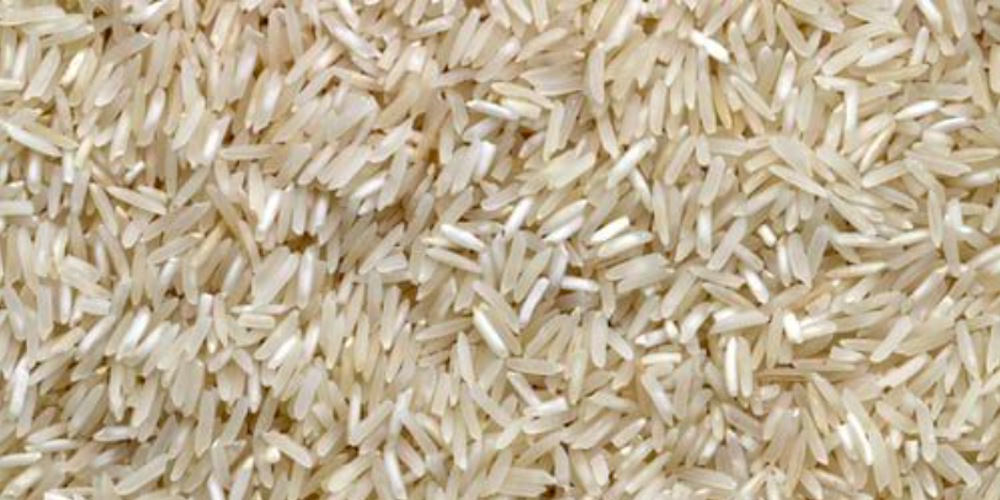Basmati: A prestige for Indo-Gangetic plains

In September 1997, the US-based RiceTec Corporation, which had been producing and marketing Texmati and Kasmati rice in the US as a trademark for over two decades as ‘American-style Basmati rice’ and ‘Indian-style Basmati rice’ respectively, applied for, and obtained a patent for these commodities. This touched a raw nerve in India, as well as stirred a brief diplomatic crisis between India and the US. India threatened to take the matter to the WTO as a violation of TRIPS. Both voluntarily agreed to review the decision through the US Patent and Trademark Office.
Meanwhile, facing flak from anti-globalisation protestors everywhere against what was termed ‘a piracy of emerging nation’s indigenous products’, RiceTec withdrew most of the claims of the patent, including, most importantly, the right to call their rice products ‘Basmati’. However, this also spurred the Government of India to take cognisance of issues like Geographical Indicators, and the Indian GI legislation was drawn up soon thereafter.
The roots of the word ‘Basmati’ in Sanskrit are ‘vas’ (aroma) and ‘mayup’ (ingrained). The origin and reputation of Basmati rice as a ‘long-grain, aromatic rice’ from the Ganga-Jamuna and Punjab belt is found in tradition, folklore, scientific and culinary literature, and political-historical records. Each micro clime had its own unique Basmati: Amritsari, Ranbir (Jammu), Karnal (Tarawari), Kasturi, Moradabadi, Muschal (Pusa) are some of the popular names for Basmati.
The initiative for registering the GI for Basmati was heralded by the Agricultural and Processed Food Products Export Development Authority (APEDA). In 2008, it filed an application for grant of the GI tag for Basmati rice grown in the foothills of the Himalayas, spread across 77 districts of seven states — Punjab, Haryana, western Uttar Pradesh, Uttarakhand, Delhi and Jammu & Kashmir. It also established the Basmati Export Development Foundation (BEDF) – a stakeholder-driven organisation including exporters, farmers, agriculture scientists and directors of agriculture of the Basmati rice-growing states.
APEDA also laid down the norms that a rice variety is eligible to be called Basmati only if its (pre-cooked) grain had a length of 6.61 mm (0.260 inch) and breadth of up to 2 mm (0.079 inch), among other parameters. To meet the globally accepted SPS standards, it took innovative steps to sensitise farmers involved in the cultivation of Basmati regarding the adoption of Good Agricultural Practices (GAP).
However, unlike the case of Darjeeling tea, there was no consensus on the extent of the geographical area for Basmati. Madhya Pradesh raised an objection stating that 13 of its districts had also been growing Basmati traditionally for hundreds of years. This was not accepted by APEDA or BEDF, and the legal battle for inclusion of MP as the eighth state reached the apex court which advised the Madras High court to revisit its earlier order excluding MP districts on ‘merit’. The matter is currently ‘sub-judice.’
After APEDA received the certificate of registration of Basmati Rice as a GI product in 2016, India applied to the European Union (EU) claiming sole ownership of the commodity, in September 2019. However, this was challenged by Pakistan as it argued that 18 districts of Pakistan Punjab – between Ravi and Chenab — had also been traditional producers of the Chenab variety of Basmati. Pakistan too enacted its own GI Act in 2020, as international laws require that before applying for registration of any product in the international market, it must be protected under the geographical indication laws of that country.
Meanwhile, Nepal has also put forward its claim of being traditional grower of Basmati in its Terai belt and the Kathmandu valley, especially as Basmati is preferred not only in the HORECA (hotel, restaurant, and catering) segment, but also by the growing middle-class families living in the urban centres of Kathmandu and Pokhara.
It is learnt that Egypt is also claiming to have grown these rice varieties in the Nile region – but there is no official confirmation yet.
Global market for Basmati
India is the largest producer of basmati rice, accounting for over 70 per cent of output in the global basmati rice market. The annual production exceeds 50 lakh MT, and the export of the Basmati variety was around Rs 30,000 crore in FY 2020. In Pakistan, Punjab province is the largest producer of the paddy crop.
GCC (Gulf) countries are the major importers of the Basmati variety and more than one-third of their paddy consumption is of the Basmati variety. The other major importers are the EU, the UK, the US, Iran, and Kenya.
In 2021, India exported 4.63 million tonnes of Basmati rice, valued at Rs 29,849 crore (USD 4,019 million).
A bridge or a wedge
While Basmati’s geographical association with the Indo-Gangetic plains has not been challenged, what Pakistan and Nepal are arguing is that India cannot claim exclusive rights on Basmati. There is merit in their argument and, therefore, rather than quibble over legalities, Basmati also offers an opportunity for the three countries to sit together to improve production, productivity and returns to their farmers and exporters.
Can the fragrance of Basmati be a bridge rather than a wedge?
(Dr Sanjeev Chopra was Director of Lal Bahadur Shastri National Academy of Administration)



